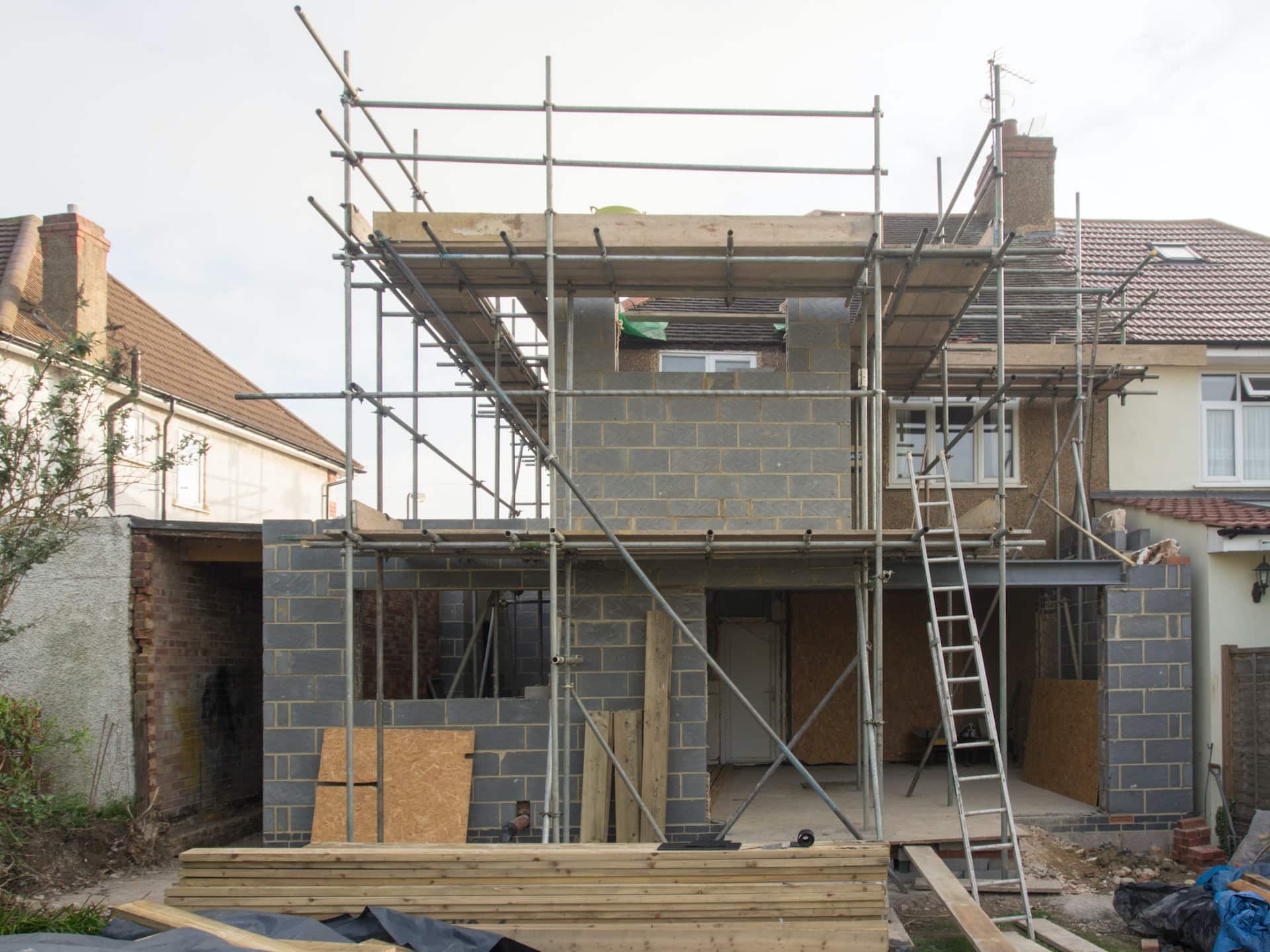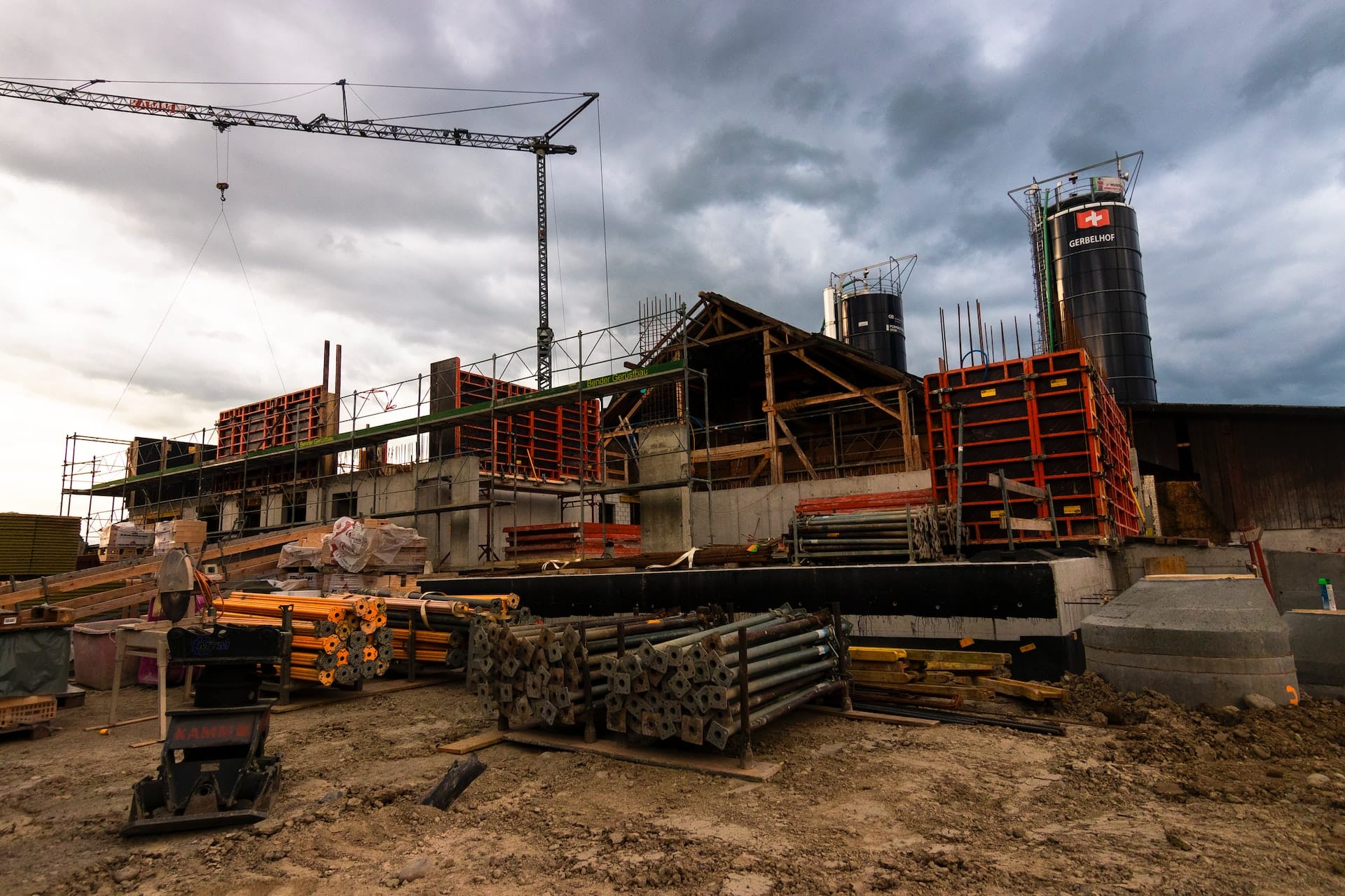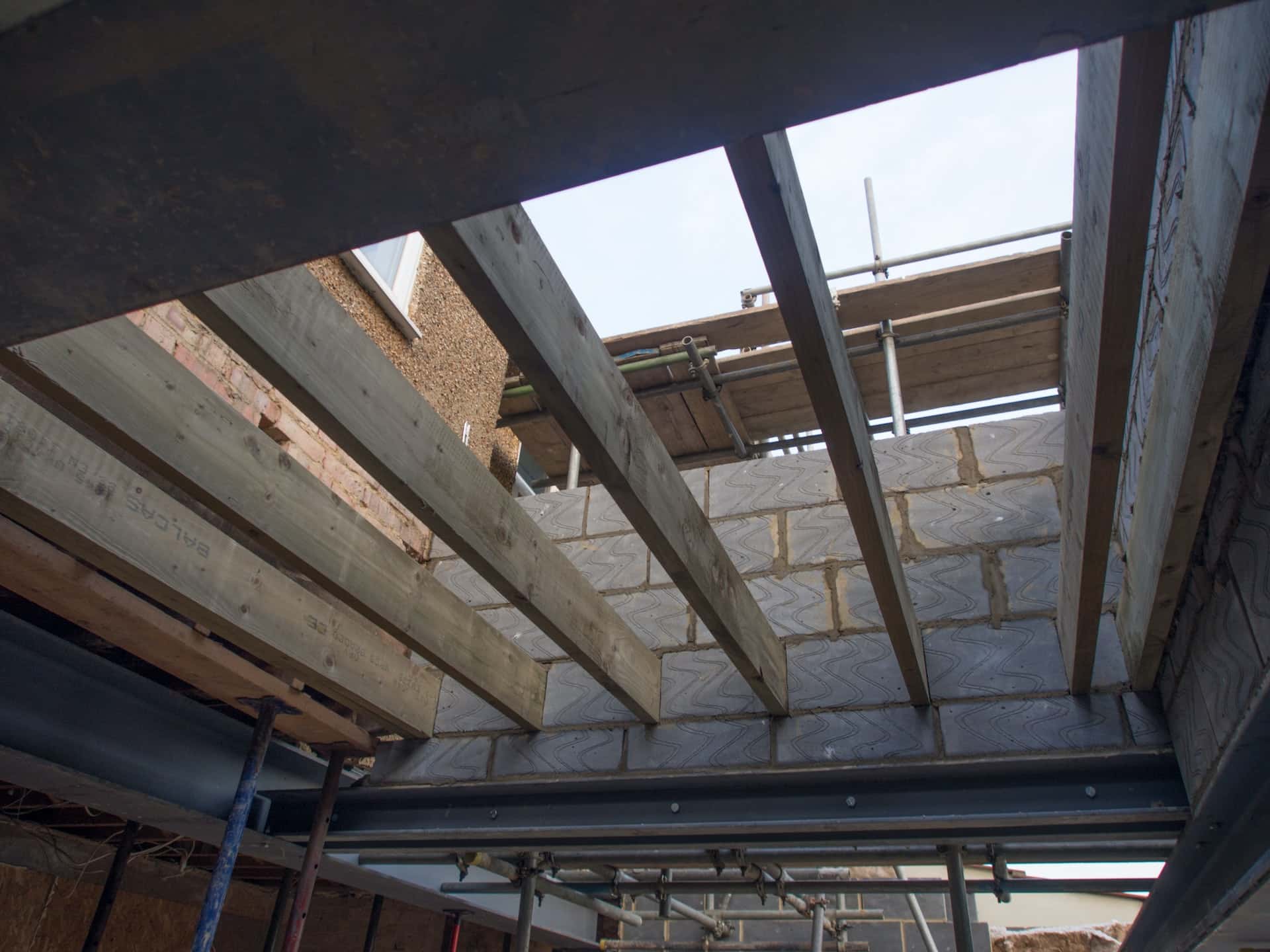Many homeowners are choosing new builds over older homes for various reasons. New builds are often more energy-efficient, which can save homeowners money on their utility bills. They may also come with new appliances, updated fixtures, and other modern amenities that older homes may lack. Read the article below to learn more about the reasons homeowners are choosing new builds:
Aesthetic Appeal
There is something appealing about a brand new house that has never been lived in before. The thought of being the first person to use the kitchen or bathroom is exciting. Plus, all of the materials and appliances are new and modern. Older homes tend to be more closed off, with smaller windows and darker rooms.
On the other hand, new construction homes often have large windows and open, airy floor plans. They may also have higher ceilings, giving the illusion of more space. In addition, new construction homes typically have open kitchens with big islands, while older homes usually have small, separate kitchens.
Durability
Older homes are often more expensive to maintain because they require more repairs due to improper maintenance and old age. New construction removes the possibility of home issue repairs from wear and tear, saving homeowners money.
Great Features
If you’re looking for top-of-the-line amenities and facilities, a new construction home is likely your best bet. These homes are built with the latest and greatest features, and they often come equipped with top-notch amenities like fitness centers, swimming pools, and tennis courts. Plus, new construction communities are usually well-maintained and offer a sense of community that you might not find in an older neighborhood.
Customization
When you buy a used home, you should expect to spend a lot of money to renovate your kitchen and bathroom. This is because you will need to hire contractors to do the work, and the materials and appliances you use must be of good quality.
Building a new home from scratch gives you the opportunity to customize every detail to your specific taste and needs. You also avoid any extra costs that come with renovating an older home, like fixing structural damage or outdated wiring.
Better Insulation
Older homes can be drafty and uncomfortable in extreme weather because of cracks and less efficient insulation. Purchasing a new build guarantees a home that satisfies current building codes for energy efficiency, meaning it will be more comfortable in both hot and cold weather.
If you have an older home, you will probably need to upgrade your insulation and get a new air conditioner or heating system. New windows can make your home more energy-efficient and save money on your energy bill. However, new windows can be expensive, so you must factor that into your budget when planning your new construction design.
Safety and Security
New home communities are usually built in safe neighborhoods near urban hubs. This is important to many homebuyers because they want to be close to city life while feeling secure. Families with children often prioritize safety and proximity to good schools when choosing a home. New home communities provide an appealing option for these families because they offer comfortable homes in safe areas.
Conclusion
New builds are a great way to get the home you want without the hassle of dealing with an existing home. However, there are some things to keep in mind when considering a new build. Make sure to do your research and work with a reputable builder. If you take the time to plan and budget properly, a new build can be an excellent investment.
For new home construction in Fort Myers, trust A&R Builders. You can consistently expect a solid commitment to quality, a strong work ethic, and punctuality. Our personalized options and wide range of prices cater to every budget, so you’ll surely find the solutions you need. Get an appointment.








